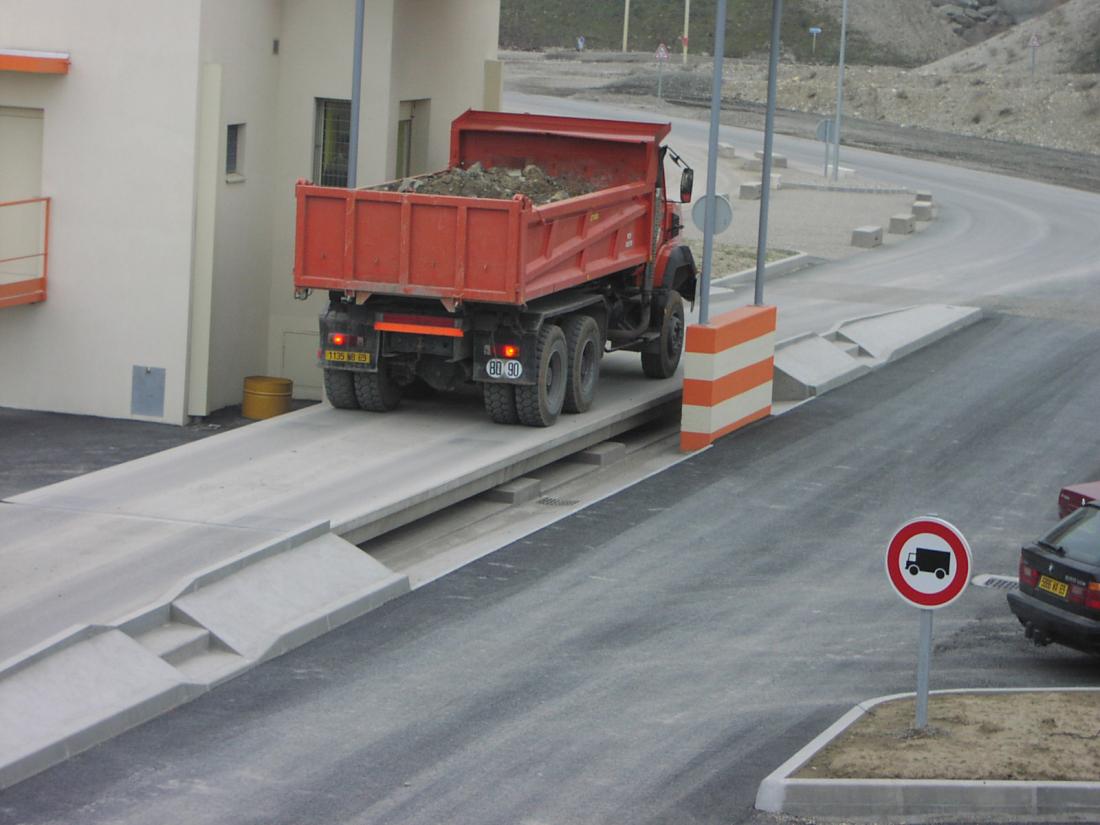
Details
European legislation sets rules on the maximum authorised weights in international traffic. In article 10d of this Directive 96/53/EC is stipulated that Member States shall take measures to identify overloaded vehicles by 2021. The proposed solutions in the legislation are automatic weighing systems in the road infrastructure and on-board weighing (OBW) systems installed in all vehicles. This means that Member States have to make a decision in the near future which solution they will choose, but they should not be limited to these two options. Other options that can identify overloaded vehicles include dynamic weighbridges, weighing in motion systems incorporated in bridges, volume scanners or portable wheel load scales that are all established instruments in use.
CECIP developped a paper that aims at providing the possibilities to identify the overloaded vehicles. This is only focused on the weighing aspect. CECIP’s position is technology neutral and CECIP only wants to support Member States in making their decision. You can find the paper here.
Generally, CECIP does not favour one technology over another, however considering the requirements set in the legislation there are doubts if the choice for OBW systems that only meet the legal requirements set in the delegated act, will lead to a situation where the benefits of OBW systems justify the costs. Furthermore, developments in WIM and other dynamic weighing systems are necessary to meet the needed requirements. Other technologies than the ones mentioned in the legislation should be carefully considered as well as part of the strategy to identify overloaded vehicles. Particularly technologies that can meet the objective criteria in terms of accuracy, cost, etc.




